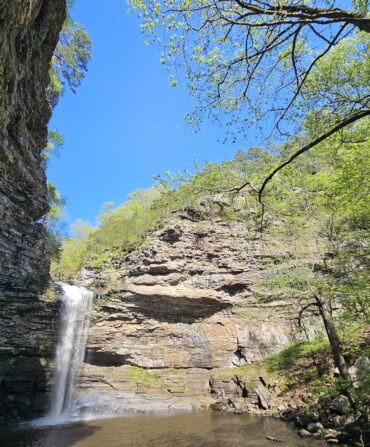On Ash Wednesday, when the frontloaders are scooping up piles of beer-drenched beads on Bourbon Street and the rest of us are nursing Hand Grenade hangovers as we try to remember ill-conceived Lenten proclamations, Alex Sherrod will be back at work. He’s one of only a few artists whom krewe captains trust to make their floats. For him, the day after Mardi Gras means 364 more days of Styrofoam, papier-mâché, and paint before it’s time to roll again.
Sherrod works at Mardi Gras World, a massive warehouse on the Mississippi River where he and a small number of other prolific artists produce the vast majority of the ludicrous sculptures adorning the floats throughout Carnival season. The studio has been open for tours since 1984—you might see a crazed rat with front legs broken off, an angry brown and red monster with yellow eyes staring down an unaware Mickey Mouse, or maybe the once chipper face of a red-haired Norman Rockwell character, worn down and split in half, wedged between a pair of tarnished satyrs beneath a slowly spinning industrial ceiling fan. Even when the studio is humming with activity in the weeks before the parades, there’s something surreal about seeing these creations outside their natural habitat, stacked ten deep and divorced from beads and revelers.
Mardi Gras is, as the boosters say, the greatest free show in the world, but a trip to Mardi Gras World reminds you just how much work goes into those few days of debauchery.
G&G contributing photographer Rush Jagoe spent several months documenting the inner workings of Mardi Gras World. “After living in New Orleans for a few years, I started realizing there are a ton of what seem to be derelict warehouses that are, in fact, storage for hundreds of pieces of Mardi Gras tradition,” he says. “These floats are, in so many ways, the visual anchor of the carnival season and they live so many lives through the years.”
Check out some of Jagoe’s photographs below.



















